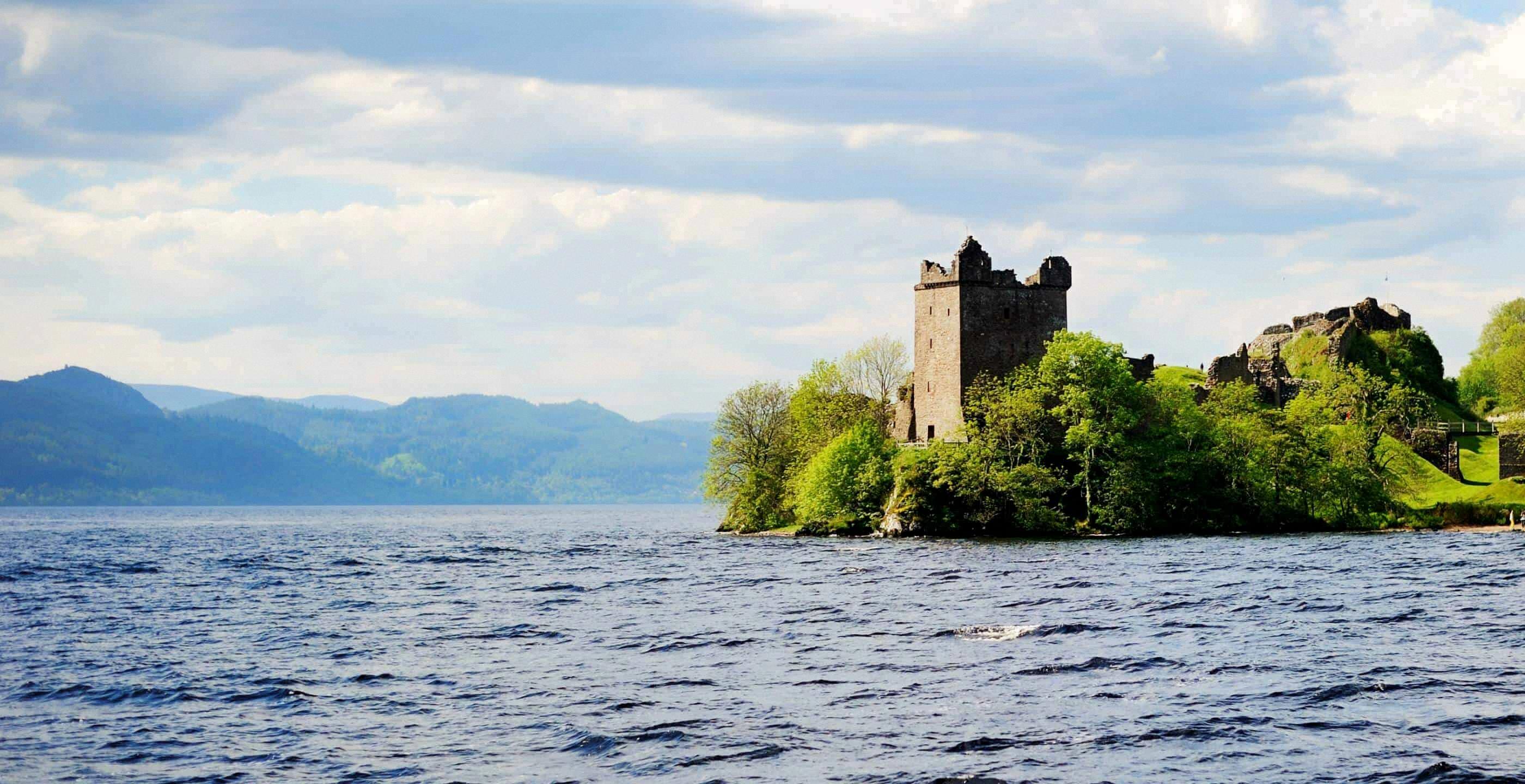Loch Ness is one of the most famous bodies of water in the world, known for its mysterious and elusive inhabitant, the Loch Ness Monster. But beyond the legends and myths, Loch Ness is a fascinating geological wonder, with a depth that rivals some of the deepest oceans.
At its deepest point, Loch Ness plunges to a depth of 230 metres (755 feet), making it the second deepest loch in Scotland after Loch Morar. This depth is more than twice the average depth of the North Sea, and is made posible by the unique geology of the Great Glen, a massive fault line that runs through the Scottish Highlands.
But what makes Loch Ness so deep? The answer lies in the glacial history of the region. During the last Ice Age, massive glaciers carved out the Great Glen, leaving behind a deep trough that was later filled with water as the glaciers retreated. Over time, the weight of the water and sediment caused the trough to sink even further, creating the deep basin we see today.
Despite its great depth, Loch Ness is surprisingly narrow, with a width of just 2.7 kilometres (1.7 miles) at its widest point. This, along with the steep sides of the basin, means that the water in the loch is relatively still, with little movement or mixing between the surface and deep waters.
This stillness, combined with the peat-rich waters of the loch, create an eerie darkness that adds to the Loch Ness Monster legend. But it also means that the waters of Loch Ness are extremely cold, even in summer. This makes swimming in the loch dangerous, as the surface may warm slightly but the deep water remains frigid, putting swimmers at risk of hypothermia or cold water shock.
Loch Ness is a fascinating natural wonder that continues to capture the imagination of people around the world. Whether you believe in the legend of the Loch Ness Monster or not, there’s no denying the beauty and intrigue of this deep, dark, and mysterious body of water.
Is Loch Ness The Deepest Lake In The World?
Loch Ness is not the deepest lake in the world. It is the second deepest loch in Scotland after Loch Morar. Its maximum depth is 230 metres (126 fathoms; 755 feet), which is significant but falls short of the deepest lakes in the world. The title of the deepest lake in the world belongs to Lake Baikal in Russia, which has a maximum depth of 1,642 metres (5,387 feet).

Is Loch Ness Deeper Than The Ocean?
Loch Ness is deeper than the ocean in some areas. The depth of Loch Ness varies, with its deepest points reaching over 800ft deep, which is twie the average depth of the North Sea. In comparison, the average depth of the ocean is approximately 12,080ft, but it can reach depths of over 36,000ft in areas such as the Mariana Trench. However, it’s important to note that the ocean is much larger than Loch Ness and contains significantly more water. To put it into perspective, the volume of water in the ocean is estimated to be around 321,003,271 cubic miles, which is more than all the water in all the lakes, rivers, and reservoirs in the whole of England and Wales combined.
How Many Miles Deep Is Loch Ness?
Loch Ness, located in the Scottish Highlands, is a very deep lake or loch. It has an estimated maximum depth of 740 feet or 226 meters. This depth makes Loch Ness the second deepest lake in Scotland after Loch Morar. The lake is known for its dark and murky waters, which are said to be the result of the high peat content in the surrounding soil. The lake runs for 23 miles or 37 kilometers along the fault line of the Great Glen, and is approximately one mile wide.
Can You Swim In Loch Ness?
It is not recommended to swim in Loch Ness due to several reasons. Firstly, the water in Loch Ness is extremely cold, even during the summer months. The surface of the water may warm up slightly, but the temperature below the surface can quickly drop to dangerously low levels, which can lead to cold water shock or hypothermia.
Secondly, Loch Ness is one of the deepest bodies of water in the world, with a maximum depth of over 700 feet. This means that the water can be disorienting, and even experienced swimmers can quickly become fatigued or overwhelmed.
Additionally, there are potential hazards in the water, such as underwater currents or debris that may not be visible from the surface. Swimming in Loch Ness can also be dangerous due to the lack of lifeguards or rescue services in the area.
Considering all thee factors, it is best to avoid swimming in Loch Ness to ensure your safety.

Conclusion
Loch Ness is an impressive body of water with a maximum depth of 230 metres, making it the seond deepest loch in Scotland. Its depth is twice that of the average depth of the North Sea, which is a remarkable feat. Furthermore, Loch Ness stretches for 23 miles along the fault line of the Great Glen in the Scottish Highlands, making it a significant geographical feature in the area. However, it is crucial to note that due to the loch’s depth, swimming in it can be dangerous and should be avoided to prevent cold water shock or hypothermia. Loch Ness is a stunning and intriguing natural wonder that continues to captivate people’s imaginations around the world.
